AI at Work
Content Quality Control in AI Marketing: Enterprise Governance and Best Practices for Brand Integrity

Mohit Kalra · Chief Information Security Officer
May 6th, 2025 · 13 min read

Brand consistency in marketing can significantly boost revenue, yet maintaining that consistency and brand governance remains one of the biggest challenges marketers face when implementing generative AI.
From our conversations with clients exploring AI for marketing, two requirements consistently emerge. First, brand assets are non-negotiable - product imagery, company logos, and specific color palettes must be preserved exactly as specified. Second, enterprises need systems that apply curated rules via AI when generating new content around these protected elements. Brands also prefer taking preemptive measures to avoid potential violations of brand rules or compliance issues, and expect AI platforms to be able to analyze content and highlight any potential pitfalls.
Quality control is the ability to validate that brand assets remain intact while verifying the final outcome meets expected quality standards. At Typeface, we focus on delivering solutions where outputs that adhere to brand governance requirements, but enterprise-side protocols are equally essential. Effective governance frameworks codify guidelines from existing assets, enforce branding rules across AI generations, and validate both brand preservation and content quality in the final outputs.
Content quality assurance in AI marketing
How Typeface ensures content quality in enterprise marketing
Enterprise governance best practices for AI-powered marketing
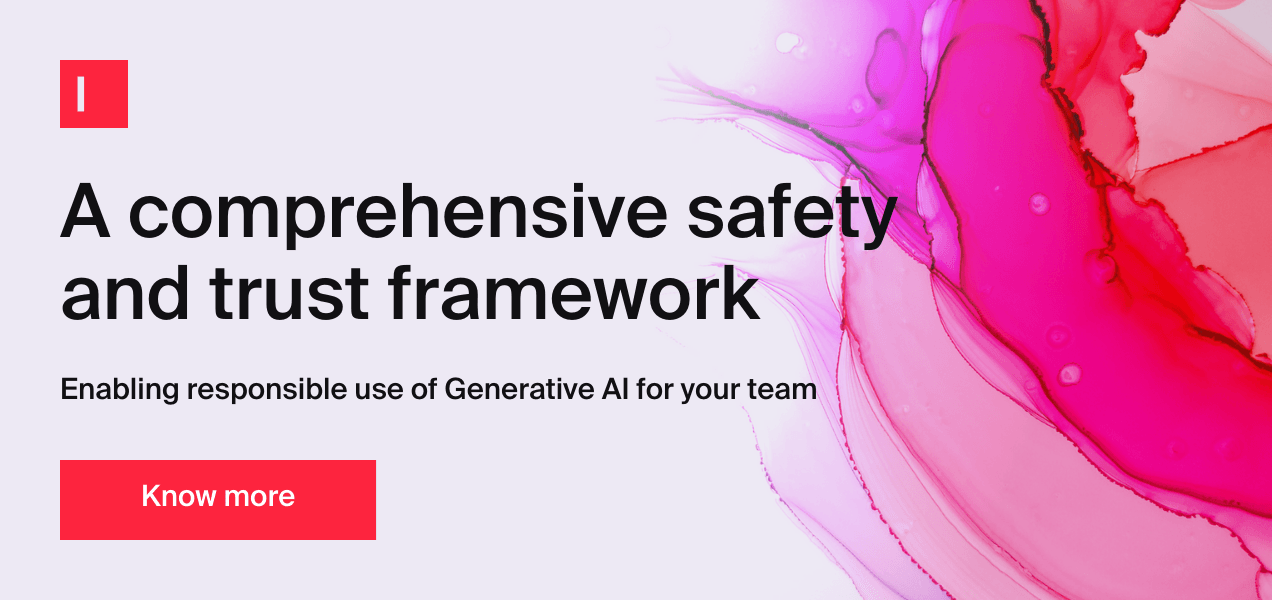
Content quality assurance in AI marketing
Content quality assurance in AI marketing refers to the systematic processes designed to ensure that AI-generated marketing materials maintain high standards of brand consistency, accuracy, and effectiveness while meeting enterprise security requirements.
Why governance is key to content quality
Strong governance provides the structural integrity needed for maintaining excellent content quality across all digital marketing channels. When properly implemented, it:
Ensures brand consistency: Through consistent brand preservation and unified messaging, it protects brand reputation whether content is created by humans or AI systems. Proper governance safeguards brand assets and actively protects how customers perceive your organization.
Mitigates regulatory risks: Builds compliance checks directly into content workflows, catching potential issues before they reach your audience.
Optimizes resource allocation: Helps marketing teams focus resources on content strategies that deliver results while meeting security standards.
Accelerates content approval cycles: Streamlines review processes with clear quality standards and automated checks, reducing delays without compromising standards.
Builds stakeholder trust: Shows your commitment to responsible AI use in marketing, building confidence with both internal teams and customers.
How Typeface ensures content quality in enterprise marketing
Typeface elevates enterprise content quality through its purpose-built quality assurance ecosystem. The platform ensures brand and audience alignment by integrating brand guidelines, tone of voice specifications, and audience personas directly into its AI content generation workflow. For consistent quality output, Typeface employs multi-layered content validation that combines automated checks with human-in-the-loop oversight, backed by automated workflows, enabling marketers to produce on-brand content at scale without compromising standards. The system's intelligent feedback loops continuously refine content performance by learning from campaign performances and user feedback to automatically adjust future content generation parameters and suggest next best actions.
Here's how you can make the most of Typeface's content quality control capabilities.
Centralized system of intelligence for your brand
Typeface creates a centralized system of intelligence for your brand—a unified, dynamic system that learns and remembers everything about your brand identity. This becomes your always up-to-date source of truth for brand governance, combined with our Brand Agent that serves as your always-on brand partner and guardian.
Our Brand Agent works seamlessly across your tools and workflows to auto-validate content and suggest corrections, ensuring brand consistency and safety across all teams and campaigns. Supported by a comprehensive enterprise security framework, it enables granular control across multiple brands, business units, and geographic regions—providing the sophisticated authorization model that global enterprises need to manage brand governance at scale.
Brand Kit Implementation
Our Brand Agent automatically transforms your guidelines into dynamic Brand Kits – encompassing everything from visual identity to channel templates to compliance rules. This intelligent foundation goes far beyond basic logo and color management, incorporating imported design layouts, legal requirements, and sophisticated brand rules.
The Brand Hub on Typeface is the best way to ensure that all the generated content represents your brand accurately across every dimension. Setting up your brand kit is usually a one-time effort and once saved it can be applied across all AI generations empowering you to ideate new campaigns and receive brand-aligned content optimized for:
Multiple audience segments
Various distribution channels (paid media, social, email, web)
Different output formats (posts, landing pages, video ads)
Specific regional requirements
Your Brand Kit includes:
Existing logos, color palettes, and fonts
Image style training for visual look and feel
Text style guides specifying brand values and tones
Voice training for different communication contexts
Imported design layouts and templates
Legal and compliance requirements
Brand rules for formatting, language, and regional guidelines
The Brand Kit's rules engine applies guidelines to content, including rules for formatting, language, brand-specific rules, and legal requirements. For global enterprises, you can create organization-level brand kits for each regional or functional team across the organization.
To train Typeface's AI on your image style, you can share multiple images in the same style from which the AI can learn and replicate when generating new images. You can also save different image styles and choose which style to apply to specific generations, from the Settings.
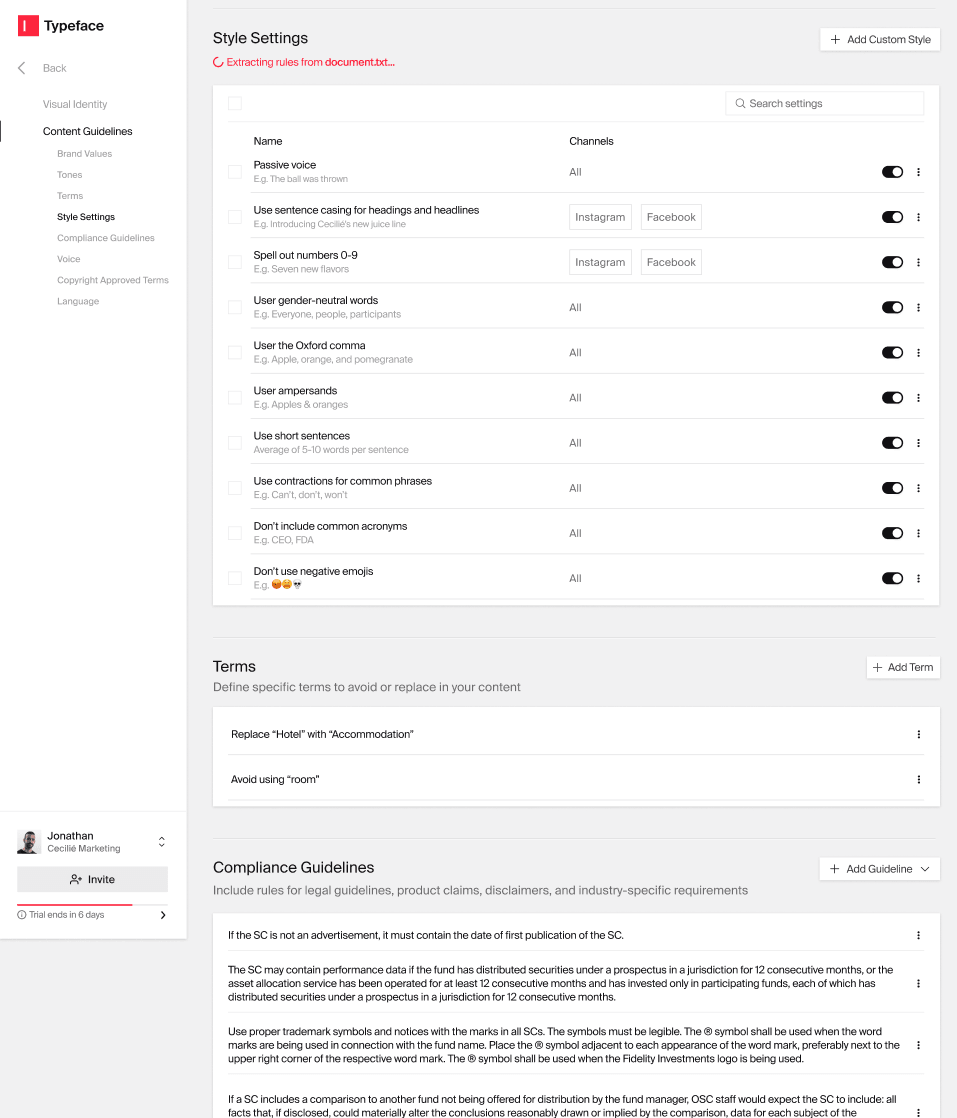
To generate content that accurately mimics your brand's voice, consider training the AI with existing content. You can also train and save multiple voices, such as your CEO's voice for thought leadership pieces and company announcements, your company's PR voice for news articles and so on. If your company has multiple products/brands with different brand guidelines, make sure to set up separate Brand Kits for each. You can choose the right Brand Kit under settings, when generating for your different brands.
Pro Tip
Pro Tip
To ensure the best quality, train the AI with long-form content where possible. The ideal number is usually 15,000 words or more on various topics, so that the AI has enough to work with, even after cleaning the data you provide. In the case of short form content like ads or social media posts, share at least 10 examples to get the best results.
Text rules such as words and phrases to use or avoid, punctuation use, and others can also be saved. Our AI ensures that these rules are met across all generations. You can also change the default output language if you wish to create content in a language other than US English.
Audience personalization
Typeface aims at helping businesses create hyper-personalized content that delivers better customer experiences and drives more conversions. To generate content that caters to your specific audience segments, Typeface has the Audiences feature. Under Audiences, you can save multiple audience segments, either manually or by importing from your Customer Data Platform (CDP).
To manually set up an audience segment, you can add details like age, gender, interests and preferences, and spending behavior of your audience persona.
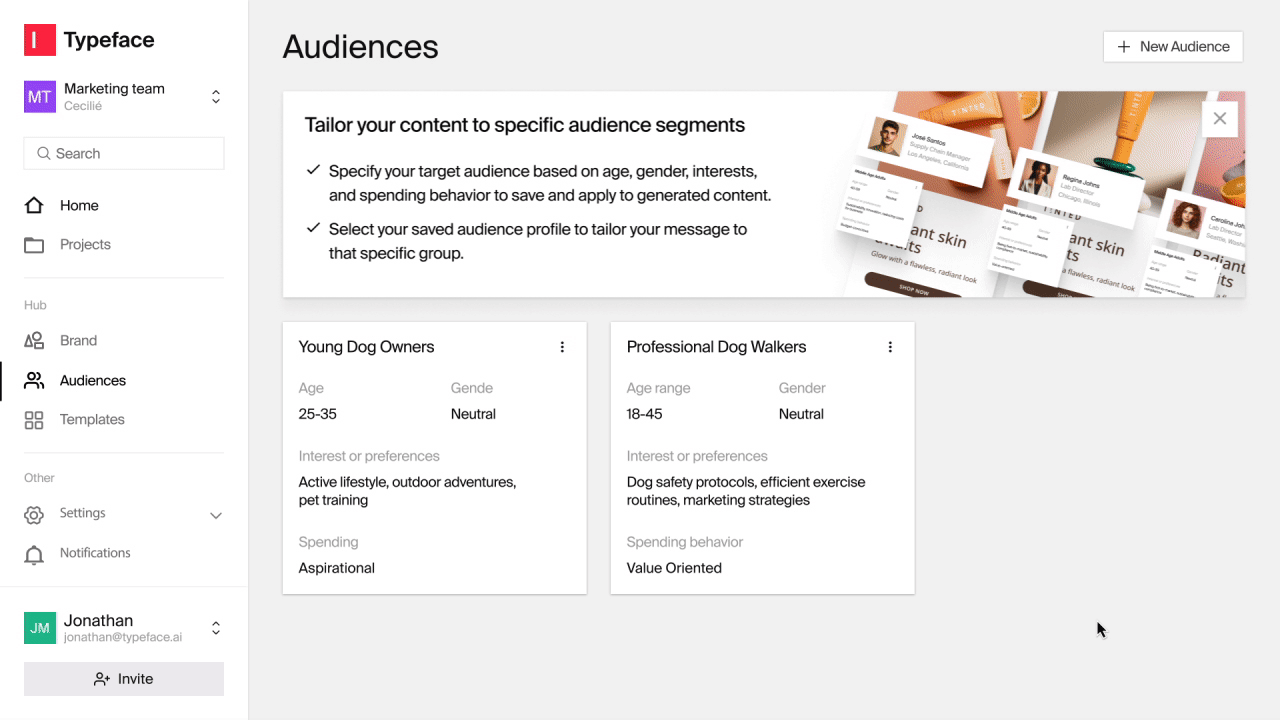
If you are importing audience segments from your CDP, you just need to set up the connection as Typeface integrates with your CDP seamlessly. Once connected, Typeface will automatically import all your audience data into the Audiences tab and create a summary of your audience personas.
Pro Tip
Pro Tip
When defining your audiences' interests or preferences, be as descriptive as possible. For instance, instead of simply adding "dog lovers" use "dog lovers interested in outdoor adventure and an active lifestyle with their pets".
Content explainability to predict performance
Explainability is one of the top AI concerns among marketers and business leaders. Today's marketing teams need to understand whether AI-generated content will perform and how effectively their brand guidelines have been applied. Explainable AI addresses these concerns by providing clear reasoning behind AI decisions, creating the transparency necessary for trust and accountability in enterprise marketing environments.
Typeface's Explainable AI offers marketing teams deeper insights into generated content while providing actionable refinement suggestions that improve quality and performance. For all AI-generated content—whether created through prompts or templates—an "Explain" button appears at the top of each document, unlocking a comprehensive performance analysis:
Improve: Receive specific suggestions to enhance content alignment with your audience profile and campaign objectives.
Content Score: View a quantitative assessment of how effectively your content addresses your target audience, selected channel, and stated objectives.
Audience Analysis: Understand exactly how well your content resonates with chosen audience segments. You can also add more audiences to this panel to see if the content would resonate with these different audience segments.
Brand Compliance: Verify that content adheres to your established brand guidelines and voice parameters. You can easily switch between different Brand Kits to evaluate content against multiple brand standards.
SEO Performance: For blog content generated using templates, receive a comprehensive SEO score with actionable optimization recommendations, including keyword opportunities.
Whenever you click on the audience or a brand guideline such as value or tone on the Explain tab, it highlights sections that align with these. If you click on the highlighted text, you can see why the text aligns with the specific brand value or audience. You can improve the content to better align with a brand value or tone by clicking on "Enhance" under it, which will rewrite the content to better incorporate that brand guidelines.
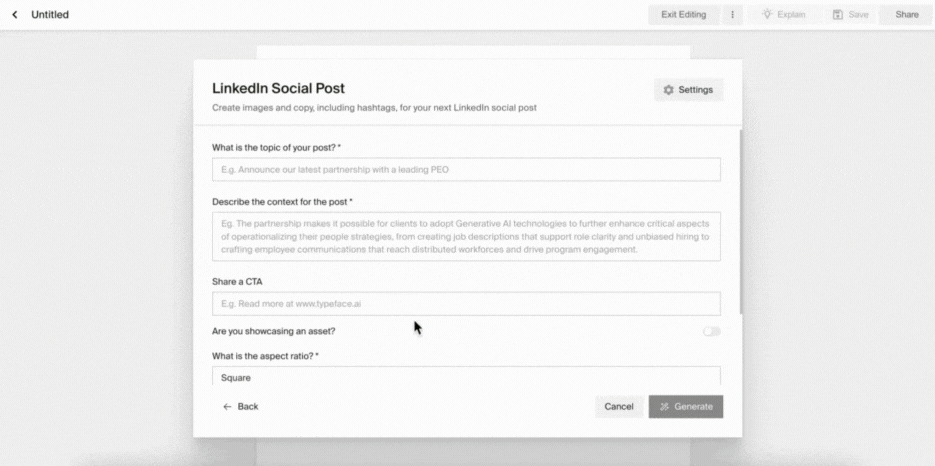
By removing the "black box" concerns that often accompany AI content generation, Typeface enables enterprise teams to maintain control while building confidence in AI-assisted marketing content.
Enterprise-grade Responsible AI framework
At Typeface, we've built comprehensive Responsible AI capabilities directly into our platform's foundation to ensure every enterprise can create brand-aligned content that meets the highest standards of safety, ethics, and compliance. Our approach to Responsible AI goes beyond basic safeguards to provide the governance controls that enterprise marketing organizations require.
Our multi-layered security framework employs advanced AI models to proactively identify and categorize potentially sensitive content across multiple dimensions, including explicit material, hateful speech, violent content, material with mental health implications, and potential copyright concerns. This protection begins with LLM-powered filtering that blocks inappropriate prompts before content generation even begins.
Beyond preventative measures, Typeface implements robust post-generation verification checks to ensure all generated content adheres to responsible use criteria. These automated safeguards work in concert with your brand governance protocols to create a comprehensive safety framework that protects both your brand reputation and your audiences.
Recognizing that Responsible AI requirements vary significantly across industries and organizations, Typeface offers customizable safety settings that allow your enterprise to align AI governance with your specific brand values and industry regulations. Through our RAI configuration interface, your organization can establish tailored Responsible AI parameters that reflect your unique requirements and risk thresholds.
This flexible approach to Responsible AI ensures your marketing teams can confidently leverage generative AI while maintaining full alignment with your organization's unique requirements.
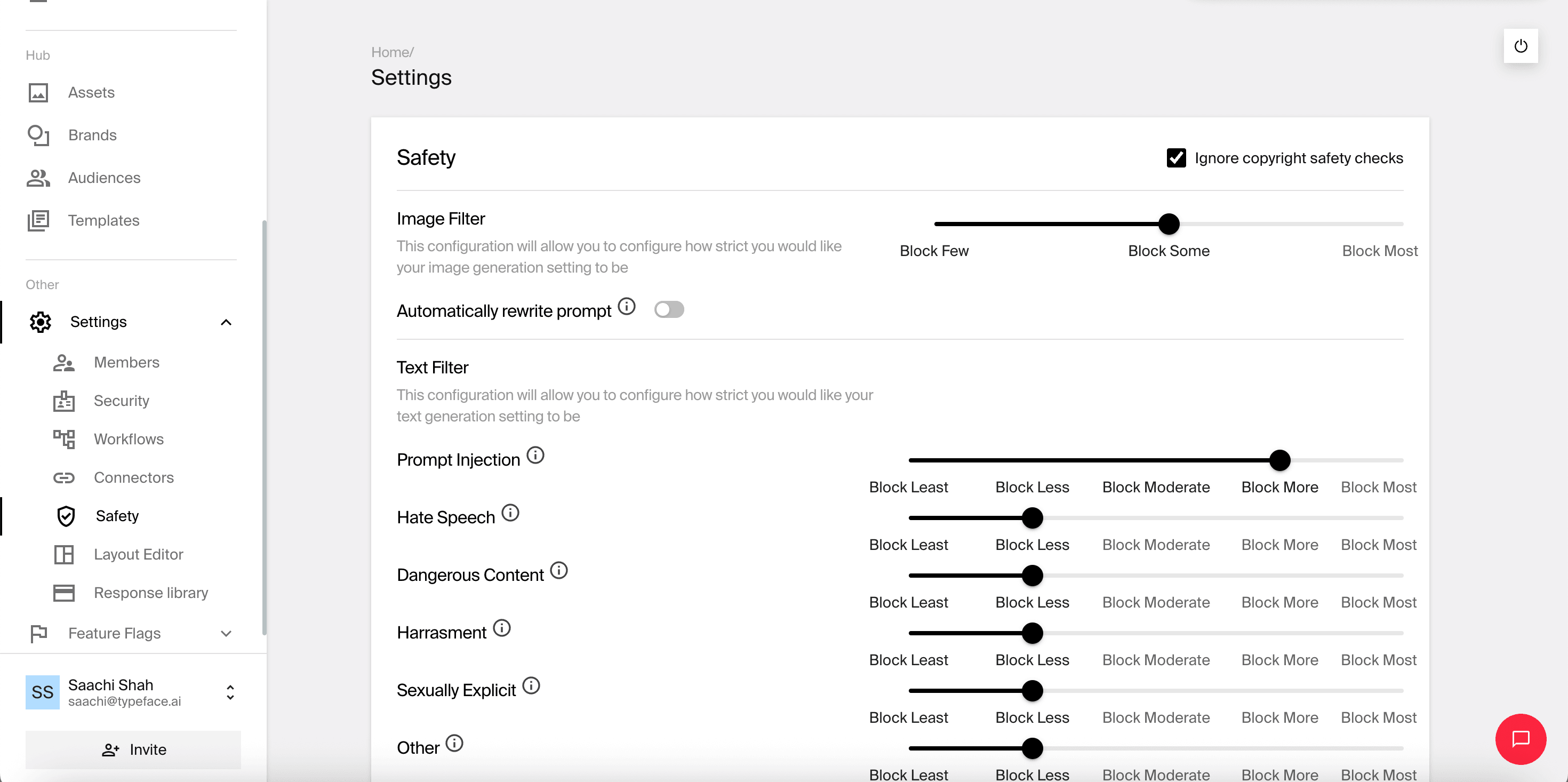
Content workflow management to bring in human-in-the-loop oversight
Ensuring brand consistency and content quality in AI-generated marketing materials requires meaningful human oversight. While AI excels at content creation, the critical judgment of experienced team members remains essential for maintaining brand standards and regulatory compliance. Typeface's Content Workflow Manager addresses this fundamental need by seamlessly orchestrating human review within your content production process.
Our Content Workflow Manager creates structured review touchpoints where stakeholders can provide essential guidance and approval. Teams can create, review, approve, and publish campaigns in one unified workflow. By bringing stakeholders together on a single platform, it eliminates the tedious back-and-forth that typically delays campaigns and introduces errors into the final content.
Marketing leaders can establish custom workflows that reflect their organization's specific review requirements, whether that involves legal compliance checks, brand alignment verification, regional adaptations, or executive approvals. The system automatically routes content to the right reviewers at the right time, with notifications that keep the process moving and provide complete visibility into content status.
By combining AI efficiency with strategic human oversight, Typeface enables enterprise marketing teams to maintain the highest standards of content quality while dramatically accelerating their production timelines.
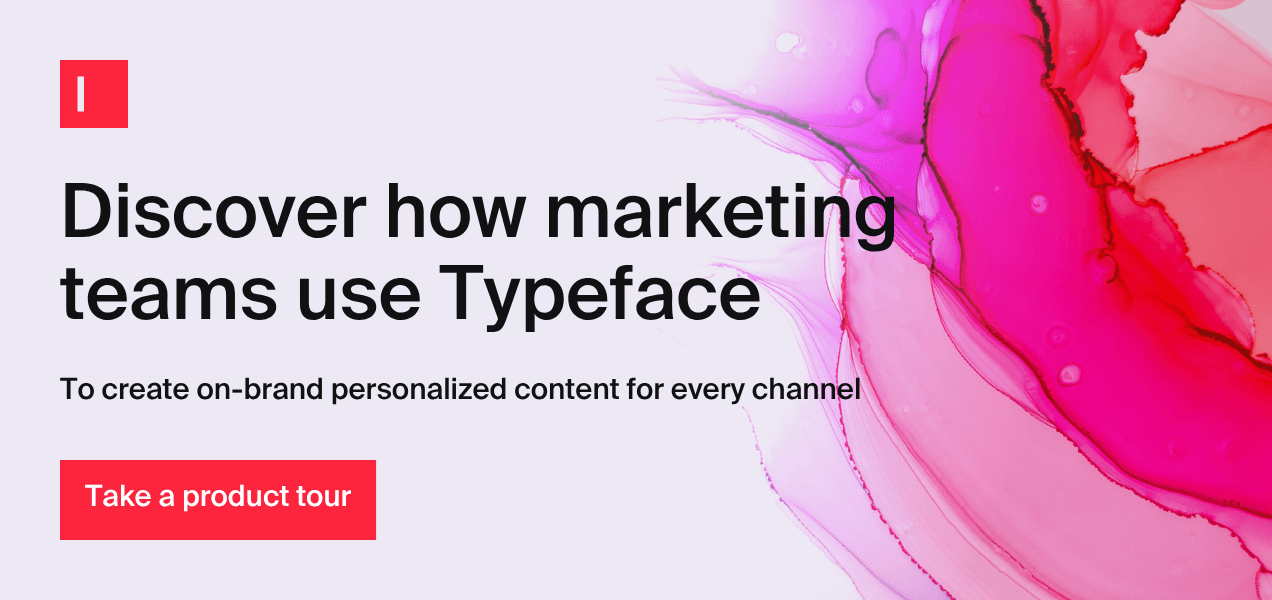
Enterprise governance best practices for AI-powered marketing
While Typeface's platform provides comprehensive tools to ensure content quality, brand consistency, and responsible AI usage, enterprise marketing leaders can maximize these capabilities by establishing strong governance frameworks within their organizations.
Establish a Brand Hub: Before deploying AI for content creation, develop comprehensive brand and style documentation that goes beyond basic guidelines. When these standards are properly codified, they not only guide AI systems but also enable your teams to make consistent, informed decisions throughout the content lifecycle.
Define roles and responsibilities: Even with advanced AI platforms, clearly defined human roles remain essential. Establish specific responsibilities for content strategists, creators, editors, compliance reviewers, and final approvers. This governance structure ensures clear accountability and maintains quality control across all AI-assisted content.
Implement continuous improvement systems: Implement structured feedback mechanisms that systematically capture insights from both content performance and team experiences. Actively use Typeface's feedback capabilities to continuously refine AI outputs, creating a virtuous cycle where your content quality progressively improves with each iteration.
Develop strategic policies: Establish clear, documented policies that define how AI-generated content integrates into your marketing operations. Implement protocols requiring human review of AI-generated content, verification of AI-produced content, and proper source attribution. These foundational practices significantly enhance content quality while mitigating potential risks.
Amplifying content quality control with AI
Achieving excellence in AI marketing requires a commitment to content quality assurance and continuous improvement. By implementing best practices for content quality control, businesses can ensure that their marketing strategies are effective and resonate with their target audience.
The organizations that will lead in this new era of marketing are those that successfully balance AI's creative capabilities with rigorous quality standards and human expertise. By establishing this foundation now, marketing leaders can position their enterprises to leverage AI not merely as a productivity tool, but as a strategic advantage that elevates their entire brand experience.
If you're seeking an enterprise generative AI solution that prioritizes content quality, brand governance, and responsible use, experience Typeface's capabilities through a personalized demo to see these principles in action.
This article is co-authored by Saachi Shah, Product Manager at Typeface.
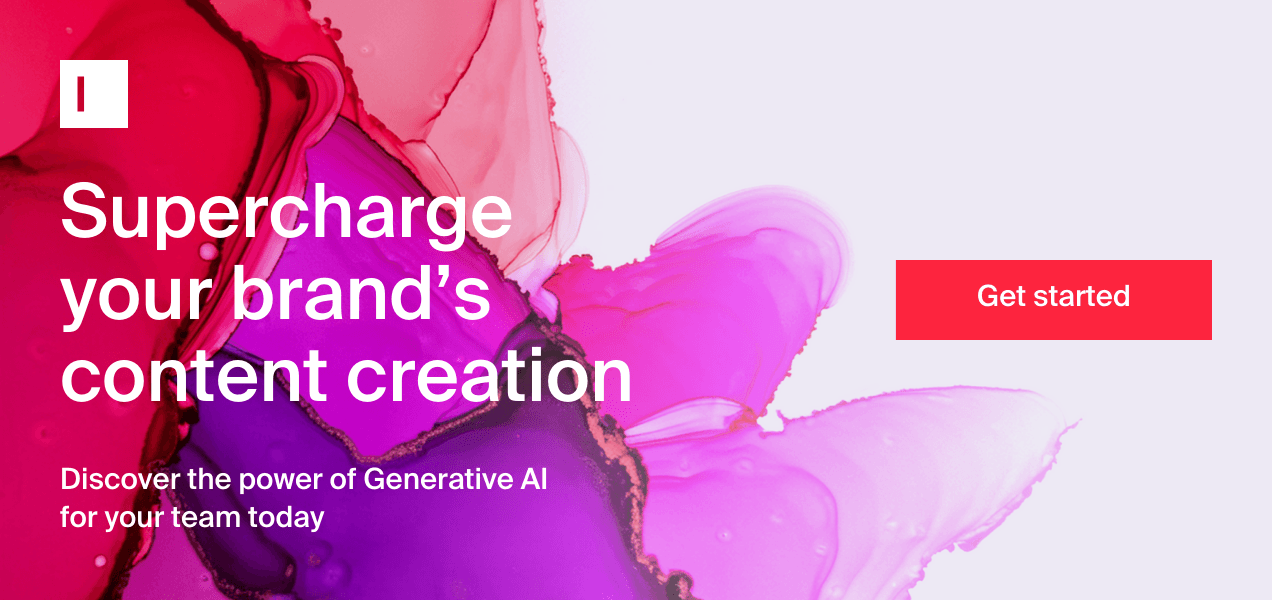
Share
Related articles
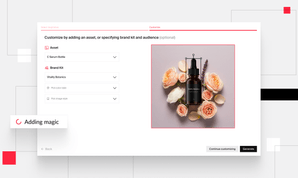
Product
Beyond Prompts: A New Way to Ideate and Create Using Images in Visual Inspiration Studio

Frank Chen · Product Manager
October 9th, 2024 · 6 min read

AI at Work
AI Brand Management: How to Maintain Brand Consistency With AI Image Generators

Neelam Goswami · Content Marketing Associate
November 26th, 2025 · 13 min read

AI at Work
Beyond the Hype: What Top CMOs Are Doing to Unlock AI for Marketing Today

Katie Murphy · Customer Success Manager
April 11th, 2025 · 11 min read